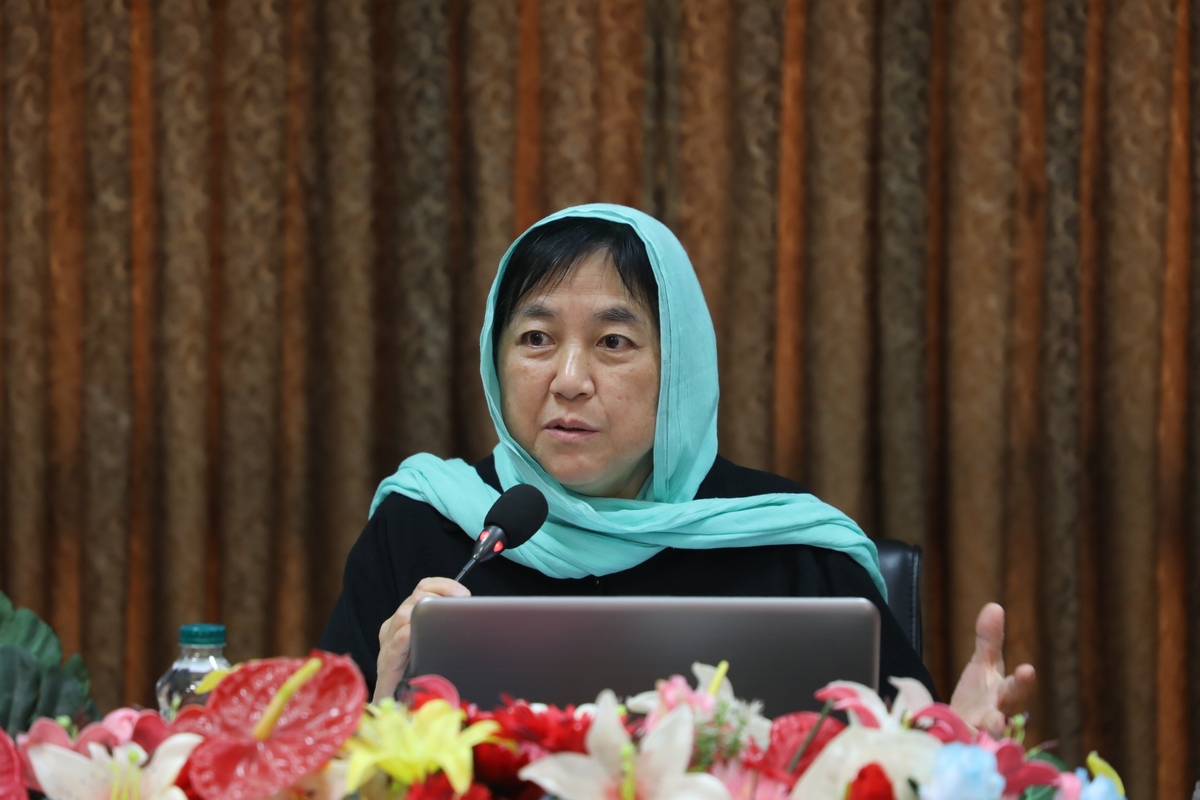Dr. Toyoko Morita, a professor at Japan’s Kagoshima University, warned that deep-rooted gender inequality and the “dual burden” faced by working women threaten Japan’s family structure and demographic future.
Speaking at the “Position of Families in Asia” forum on April 16, 2024, Dr. Morita highlighted systemic barriers to gender equality, despite Japan’s post-war legal reforms.
Historical Roots of Gender Inequality
Dr. Morita traced Japan’s gender disparities to its pre-World War II patriarchal system, where women lacked basic rights such as property ownership, inheritance, or autonomy over marriage decisions. “As depicted in the famous series Oshin, women were entirely subordinate to male family heads,” she noted. Even postwar constitutional reforms—which enshrined gender equality alongside pacifism and national sovereignty—failed to dismantle entrenched cultural norms.
Key Statistics:
- Japan ranks 118th out of 146 nations in the Global Gender Gap Index (2023), lagging in political and economic participation.
- Only 10% of parliamentary seats are held by women, far below the global average (20-40%).
Postwar Legal Reforms and Persistent Challenges
While postwar laws granted women rights to education, work, and independent marriage, Dr. Morita emphasized that legal changes alone could not erase centuries of tradition. For example, Japan’s family registry system still requires married couples to share a single surname, effectively forcing women to abandon their maiden names.
Regional Disparities:
- Urban centers like Tokyo show slightly more progressive attitudes, whereas smaller cities like Kagoshima retain traditional gender roles. “The gap resembles differences between Tehran and rural Iran,” she observed.
The Dual Burden: Career and Caregiving
Dr. Morita identified the “dual burden” as a critical issue for working women, particularly since the 1990s rise of dual-income households. Women face:
- Workplace Discrimination: Japan’s corporate culture favors men with uninterrupted careers. Women who pause work for childcare or elderly care face reduced wages and limited advancement.
- Primary Caregiving Duties: Women shoulder 80% of housework and childcare, even when employed full-time.
Demographic Consequences:
- Declining birth rates and an aging population.
- Rising rates of lifelong celibacy (approaching 30% among younger generations).
- Growing reliance on foreign labor to offset workforce shortages.
Comparative Insights: Japan and Iran
Dr. Morita, who contributed to translating Iran’s Family Protection Law into Japanese, noted parallels in shifting gender dynamics. “In Iran, younger generations increasingly seek shared domestic responsibilities between spouses,” she said. However, she cautioned against idealized media portrayals of egalitarian families in Japan, stressing that real progress requires sustained cultural, legal, and economic efforts.
Pathways Forward
Dr. Morita called for:
- Policy Reforms: Flexible work hours, subsidized childcare, and incentives for paternal leave.
- Cultural Shifts: Challenging stereotypes through education and media representation.
- Corporate Accountability: Mandating gender parity in leadership roles and pay transparency.
Final Note:
“Legal equality is meaningless without societal change,” Dr. Morita concluded. “Japan must reconcile its economic modernity with the urgent need to empower women—or risk irreversible demographic decline.”
Translated by Jahanbanu from Resa News Agency.


